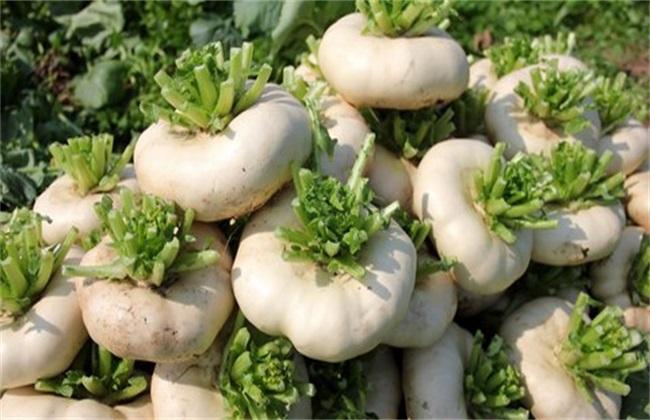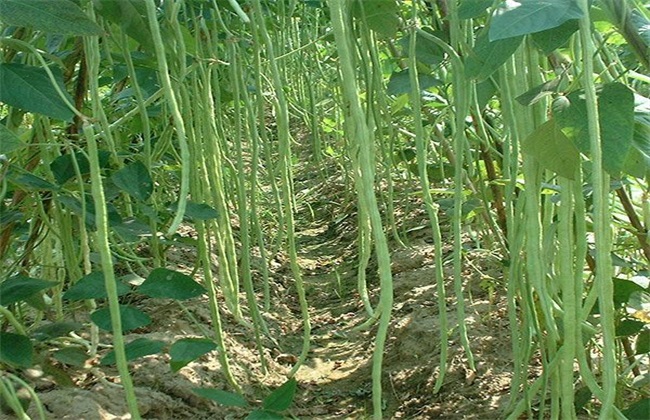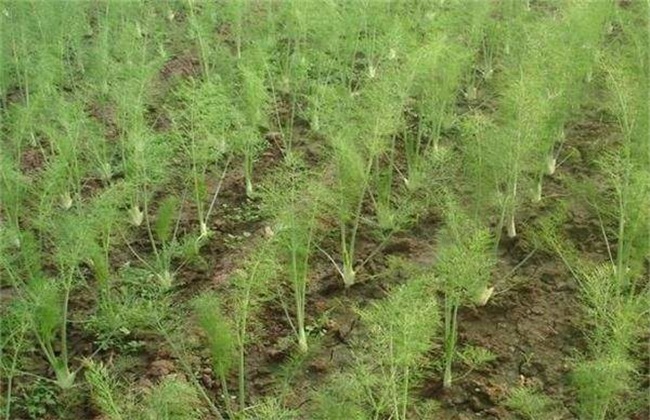Cultivation techniques of turnip
Kohlrabi, also known as turnip, is a famous specialty vegetable in China. It is a common vegetable cultivated in various parts of our country. It is quite popular in the market. Do you know how kohlrabi is grown? Let's get to know it together with the editor.

1. Sowing seeds
Kohlrabi can be directly seeded or transplanted, but in order to facilitate the management and make full use of the land, seedling transplanting is mostly used. It likes the cold environment and the suitable temperature for growth is 15-20 degrees. The higher temperature in the early stage is beneficial to the growth of its seedlings, while in the later stage, the temperature is low and the temperature difference between day and night is large, which is beneficial to the expansion of fleshy roots. Its sowing time is determined according to the local climatic conditions, and the seedling raising method is the same as that of Chinese cabbage. After 10 days of emergence, the seedlings should be treated with fertilizer and water management. when there are 4-5 true leaves, they can be planted.
2. Land preparation and transplantation
Kohlrabi is a root vegetable. Loam with deep, fertile soil and convenient drainage and irrigation should be chosen as the planting site, and the previous crop should be a vegetable field or rice field that has never been a cruciferous family. Land preparation, that is, ploughing and tanning per mu, 1500 kg of mature organic fertilizer and 50 kg of compound fertilizer were applied as base fertilizer, and then ploughed and raked to make beds. When planting, it should be planted in a reasonable density according to the variety, generally planting with holes, burying the straight root in the soil, raising it slightly to straighten the root system, and watering after a little suppression.
3. Fertilizer and water management
If the weather is dry after planting, it needs to be watered 1-2 times a day. After survival, the water should be properly watered according to the weather conditions, and the water should be properly controlled before the fleshy root expands, so as to make the straight root grow deep, keep the soil moist after expansion, and pay attention to control moisture when the fleshy root is formed in the later stage. Generally stop watering in one week of harvest to enrich the tissue and improve the quality. Topdressing once after planting for 10 days, and then once a week. When the fleshy root is enlarged, it is necessary to re-apply 1-2 fertilizer, especially potash fertilizer, loosen the soil and weed before each fertilization, and sprinkle water after 1-2 days of fertilization to promote fertilizer dissolution and absorption of crops. Cultivate the soil 1-2 times during the growing period, so as not to affect the quality of the root system.
4. Pest control
The main diseases of kohlrabi include soft rot, virus, downy mildew and root rot, which can be controlled by spraying corresponding insecticides, including cabbage green insects and aphids, which can be sprayed with Jinyun biological insecticides, and aphids can be controlled by lice aphids.
The above is the introduction of kohlrabi planting technology. I hope it can help you. If you want to know more about it, please follow us.
Related
- Where is it suitable to grow horseradish in China? it is expected to see the middle altitude horseradish in Alishan.
- How to prevent tomato virus disease reasonably? (Control methods included)
- Many people like to plant towel gourd on the balcony. What are the main points of this method and management?
- What crops can chili peppers be mixed with?
- Fertilization techniques and matters needing attention in Tomato
- What are the grafting techniques for peach seedlings in spring?
- Harm and control methods of root swelling disease of Chinese cabbage
- What are the pests of sweet potatoes? How to prevent and cure it?
- Symptoms, causes and Control methods of navel Rot in Tomato
- The cause of "Cucumber rotten bibcock" in Farmers' planting Cucumber and its Control Plan



